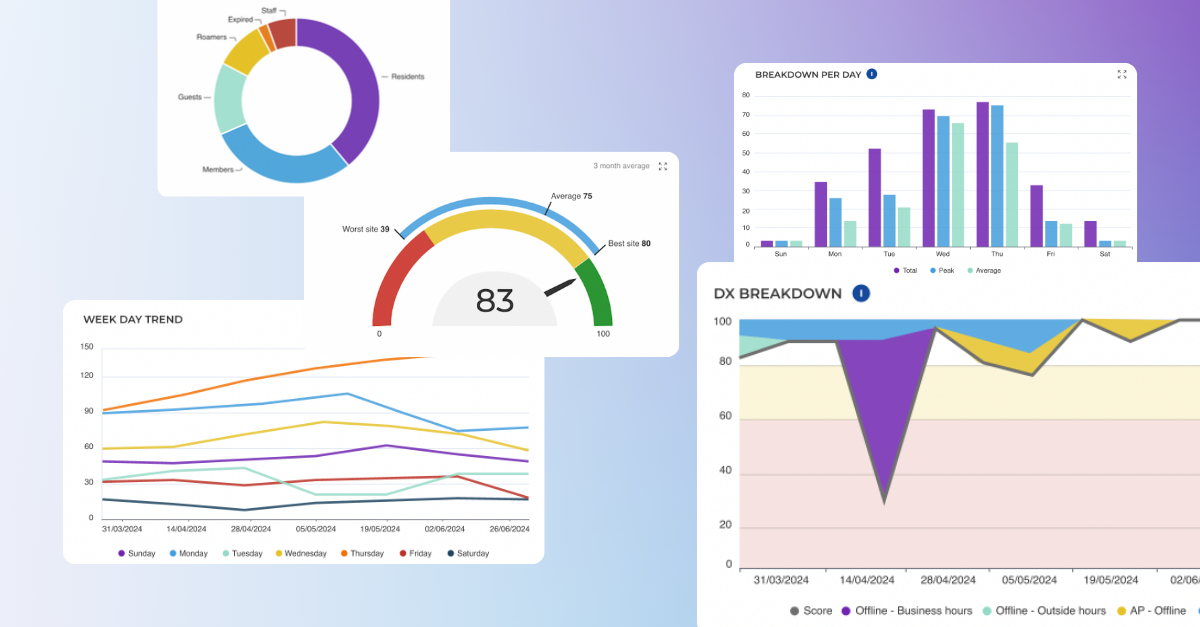Aligning the physical and digital worlds for seamless experiences in hybrid working

Today’s workforce is demanding more flexibility, causing a massive shift towards hybrid working policies across organizations of all sizes. Part of assimilating to this new hybrid reality is identifying the key requirements to support it. Analysts at IDC have identified six building blocks for best-in-class workspace, one of which is to create seamless journeys for today’s workers. It will come as no surprise that technology plays a major role in doing so.
A typical working week for many encompasses multiple core working locations, from HQ, a spoke office, a flexible workspace or other type of third space. Which means one challenge for today’s landlords and workspace providers is to make the transitions between them seamless, so that participating in a meeting and collaborating with teammates is equally easy and effective wherever you are. This requires location-agnostic services and mirrored physical and digital environments, so in a hybrid workplace, the online and offline worlds align to unlock productivity and effective collaboration.
We’ve all had the experience of technical problems, when mics don’t work, sound quality is poor, someone can’t access the building, or an internet connection fails. Thankfully technology is advancing quickly – sometimes uncomfortably so for companies making buying decisions on the latest developments – but it isn’t always easy to use or manage. Adopting new tools and technologies to solve for these challenges often brings its own unique set of problems for landlords and workspace providers to overcome.
For example, new tools, devices and sensors deployed to support new ways of working likely require network connections or their own dedicated network. If not implemented or managed correctly, can result in greater operational complexity.
Adding scale to the equation and replicating these devices and network requirements across core working locations or across an entire office portfolio, results in even greater operational complexity, not to mention added security vulnerabilities and a less than ideal user experience.
The key to delivering seamless experiences is to remove the operational complexity of network management. To do this requires digital enablement that connects buildings and locations and enables network control at scale through intelligent network automation.
This means that today’s workspace providers need best-in-class hardware and software as a true competitive advantage to deliver on occupiers’ requirements for collaborative, productive and innovation-inspiring workspaces. The overall package must be seamless in accommodating employees across a range of locations and environments with the right services and workspaces. Investing in not just any technology, but the right technology, is a huge step on the way to providing all users with the same access to workplace services through integrated digital tools.

Featured
Introducing Intelligence Engine 🎉 Powering meaningful space utilisation & digital experience insights
Intelligence Engine capabilities propels us into a new era of workspace management, bringing meaningful Space Utilisation and Digital Experience insights to essensys Platform.
Read the article
Featured
Future of flex in Europe: attracting and retaining enterprise customers
Gaël Montassier, Co-founder of Startway, shares his insights on the future of flexible workspace in Europe.
Read the article